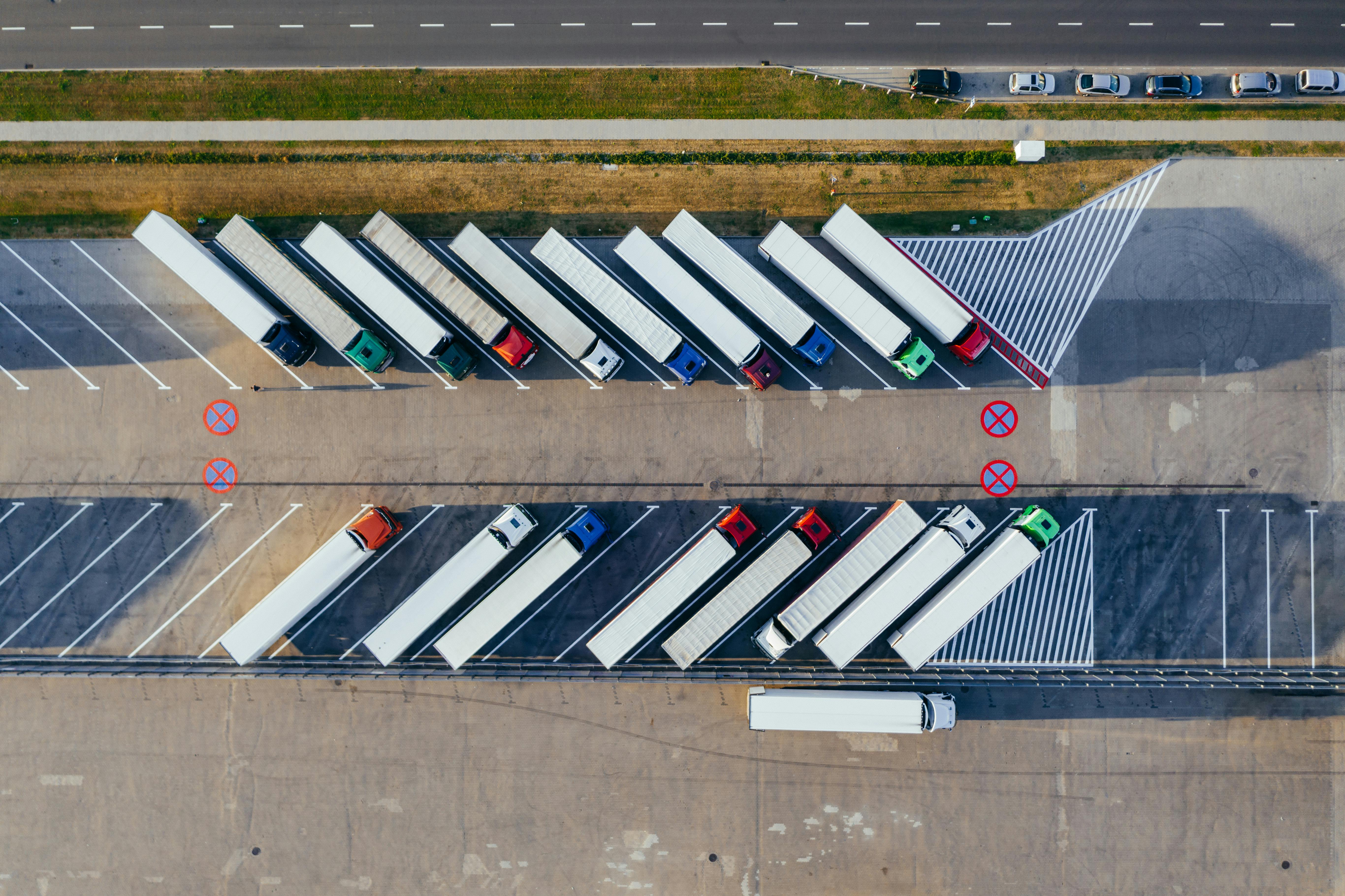Recent corrective pricing aimed at combating deteriorating loss costs across the commercial auto insurance industry has put increasing pressure on fleet managers and employees insured. Driving the point, commercial auto insurance renewal rates increased 4.5% in Q1 2019, inching toward the 6% to 12% increase predicted in 2018.
Luckily, the use of telematics – specifically vision-based AI solutions – has presented an opportunity for business fleets to identify unsafe driving, analyze the conditions in which they occurred and implement measures to reduce it, thereby lowering premiums and increasing safety measures. Currently, the automotive usage-based insurance market, which gives insurance companies the ability to quote coverage costs specific to driver behavior, has 65.1 million policyholders and is expected to grow in coming years. UBI separates itself from traditional formulaic premium quoting and serves as a voluntary policy in which drivers may pay less if they provide the insurer with access to all driving behavior up front. The tighter, streamlined insurance supply chain formed through the adoption of telematics and usage-based models ultimately benefits both the insurer and the insured.
Here are four ways telematics is evolving commercial auto insurance:
1. Improving overall safety Safety is the top line item in both insurers' and insureds’ objectives. By collecting data on driver speed, harsh braking, rapid acceleration, driver drowsiness, etc., vision-based AI solutions allow employers to record incidents, intervene in unsafe driver conditions and train employees to practice safer habits.
By agreeing to submit behavior, actions and conditions to the insurer, drivers are generally more conscious of their surroundings and position – increasing awareness and promoting a culture of safety. While in-cab cameras and vision-based technologies may not be able to prevent an accident in real time, they do ensure measures are taken to prevent future incidents. Captured video gives employers a passenger-seat view of employee driving behaviors and enables them to correct bad driving habits and instill better ones. From the employee, to the employer, to the insurer, having access to driver behavior data creates a safety ecosystem where all parties can manage and build on driver improvement.
See also: A Vision for 2028, Powered by Telematics
2. Providing hard metrics Unsafe drivers can put employers at risk for a 10% to 15% increase in insurance rates. Ultimately, the goal is to hire only safe drivers. However, mistakes do happen, which is why fleet managers turn to telematics software to help improve existing driver performance. Not only does real-time telematics enhance driver safety, but it also gives weight to the claim that a company’s drivers are safe, making premium cuts and discounts from commercial auto insurers more likely.
Companies using telematics to monitor driver behavior receive a 5% to 15% insurance discount on average. The concrete evidence provided when harnessing this data gives fleet managers peace of mind that each driver is maintaining a safe speed and obeying state driving laws. In the event of an accident, the data provided can help determine liability in a claims settlement, potentially protecting businesses from false claims and subsequent rate increases.
3. Adding a next-generation visual component Telematics technology has been around for decades – not solely for automotive purposes, either. As it became more commonplace in fleet monitoring, traditional uses involved the collection and distribution of data to support claims and flag dangerous behavior. Now, the convergence of telematics data with video and AI, vision-based technology is giving fleet managers and insurers more in-depth, real-time insight for decision making.
The industry is starting to see the virtual and real world blend together with vision-based solutions that provide context about what is going on inside a vehicle at the time of an alert. Telematics technology previously existed to inform companies when a driver was being erratic or braking too hard, and before now little to no context was provided as to the condition surrounding the event. New vision-based video solutions are incorporating artificial intelligence and machine learning, which in some cases leads to drivers being rewarded for defensive driving when they would have previously been penalized for seemingly dangerous behavior.
4. Developing a mutually beneficial partnership The annual accident rate for commercial fleets is around 20%, and each accident can cost an average of $70,000. Not only is this detrimental to the driver and the company employing the driver, but it also makes insuring a great risk.
See also: Advanced Telematics and AI
The information provided through today’s telematics technology solutions allows insurers to assess potential customers and associated risk, and fleet managers to lower insurance premiums. As next-gen telematics technology continues to evolve, fleet software companies are starting to partner directly with insurance providers to give discounts to businesses that adopt telematics software to track safety and monitor assets. If drivers are continuously being recorded and reported, auto insurers are more likely to be comfortable with providing affordable coverage, knowing they can easily spot potential liabilities.
The rise in premiums and increasing renewal rates designed to combat auto insurance market instability can only be deterred through the use of telematics technology that monitors, reports and supplies driver data directly to the insurer. Engaged companies are using this solution to drive growth, reduce risk and distance themselves from the competition. This insight, on average, encourages insurance discounts that not only benefit the company but encourage drivers and their fleet managers to improve safety practices, ultimately benefiting the insurer, as well.






